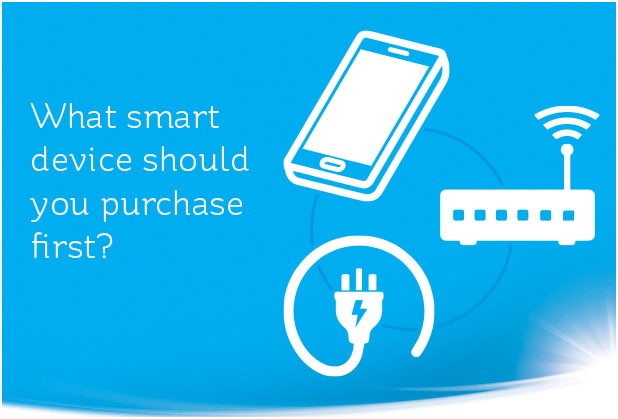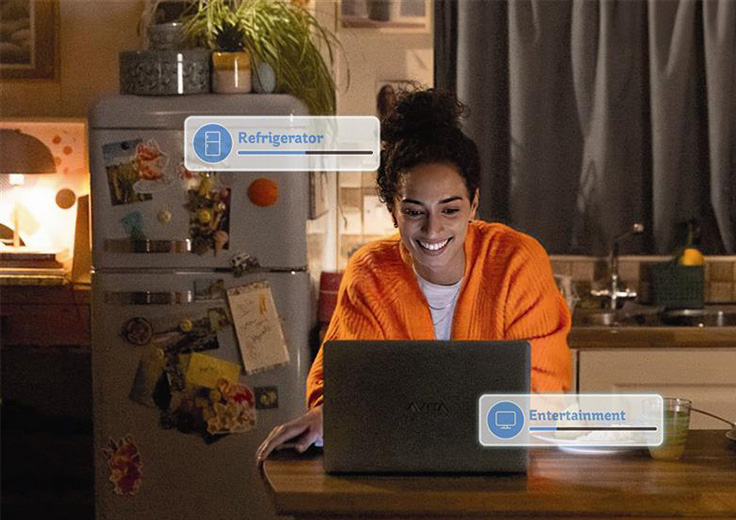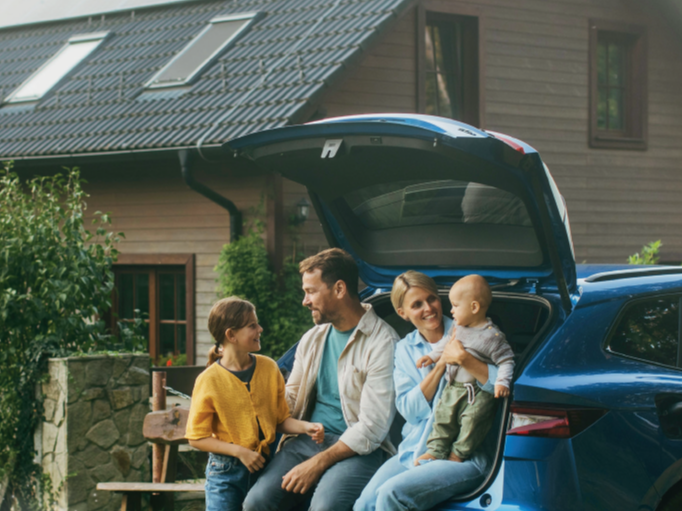What smart home device should you purchase first?

Once you’ve made the decision to make your home smart, it’s time to choose your home’s first smart device. We feel that starting with easy-to-use but versatile gadgets is the best way to start enhancing your home.
Remember, all appliances are controlled through the associated app on your smartphone or tablet. All appliances, except those that use Bluetooth exclusively, are connected over your home Wi-Fi network.
Plugs
Smart Plugs add the ability to switch your existing appliances on or off from any smartphone or tablet, from anywhere. While this may sound basic, it’s this simplicity that makes smart plugs a fantastic first smart device for your home. And you won’t even need to learn to use any new appliances.I use a smart plug to have the kettle boiling when I walk in the door. You might want to make people think you are at home when you aren’t. Or make sure the iron is off from the bus to work.
Electric Ireland offer smart plugs as standard with any Smarter Home subscription and standalone units are available from reputable brands like Belkin or TP Link.
Simply insert a smart plug into a mains socket or multi-adaptor and plug your appliance into the smart plug. The power passes through the smart plug, so you can switch the appliance on or off through the app or set up the plugs to run on a schedule.
Light Bulbs
Smart Bulbs are a great place to begin smartening up your home as costs are low and installation is minimal. Smart Bulbs start below €15 and are available to fit most light fixtures: bayonet, bi-pin -twist-lock or screw.
The most basic of smart bulbs emit a white light like traditional bulbs but can have their brightness (and sometimes colour temperature) adjusted to suit your mood through the bulb’s app.
Other smart bulbs can produce millions of colours and cycle seamlessly through them to give a variety of stimulating or relaxing light shows. For instance, they can slowly dim over time to help you sleep then simulate a sunrise to wake you up in the morning.
Many lighting apps can ‘visualise’ music, i.e. create a light show that changes with the tempo, loudness or pitch of music playing through your phone or tablet. Some brands allow you to synchronise your TV shows or films with your smart lighting, adding an immersive ambience to your entertainment centre. Just imagine the blue flash of lightning, the cold white of the Arctic or the amber glow of flames enveloping you - that’s what smart lighting can do.
Some bulbs work via Bluetooth, some use a home Wi-Fi network, some can use either - it will say clearly on the box. Bluetooth and Wi-Fi bulbs are both controlled using a smartphone or tablet. However, Bluetooth lighting setups can only be controlled when the controlling phone or tablet is within range of the bulb or lamp. It’s also limited to one phone or tablet per lighting unit.
Thermostats and Heating Systems
Putting a smart home heating system or smart thermostat in place is a slightly bigger step than smart plugs or lighting but it’s definitely an excellent place to start.
Smart thermostats can organise complex heating schedules for water and ambient temperature. It’s easy to set up a weekly or monthly schedule around your long weekends or holidays to heat your home exactly when you want it. And, more importantly, avoid heating it when you don’t to reduce your heating bills.
Smart Speakers and Assistants
Finally, a smart speaker or smart hub can be used to control almost all smart appliances with your voice but they’re also a great first smart home purchase. They are cheap, offer a host of functionality beyond controlling other smart devices and are lot of fun to play with.
Smart speakers can also hook up to any of the Bluetooth speakers you already have in your home to improve sound quality. Some even allow a wired connection to your existing speakers via the very common 3.5mm ‘headphone’ jack.
Amazon Alexa and Google Home are the most popular brands of smart speaker. Each one offers thousands of skills, from helping compose a shopping list to reading you a book to finding a song you have had stuck in your head all day.
After selecting which brand of speaker to use, you will need to set the device up on your Wi-Fi network using a smartphone or tablet. The device may ask you to speak to learn your voice and assign that voice a name. If you have any subscriptions to music, language or audiobook services, you can input your details and link them to your smart speaker.
Any of these devices will let you start small and expand, where you start will be down to your home’s needs. Do you want to play music or get the weather report with your voice? Or would you prefer light bulbs that adapt to fit your mood? The choice is yours.



